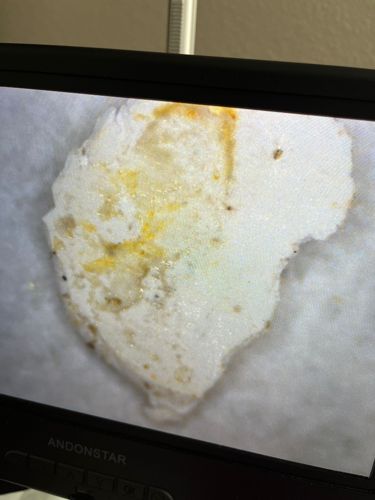Thrips
Scientific Name: Thysanoptera (Order)
Order & Family: Order: Thysanoptera, Family: Various (e.g., Thripidae, Phlaeothripidae)
Size: Typically 0.5 to 3 mm in length

Natural Habitat
Widely distributed globally, found on a variety of plants, including agricultural crops, ornamental plants, and weeds. They can also be found indoors on houseplants. They prefer warm, dry conditions.
Diet & Feeding
Mainly plant sap, by puncturing plant cells and sucking out the contents. Some species are predatory on other small arthropods, and a few feed on fungi or pollen.
Behavior Patterns
Thrips are tiny, slender insects that often go unnoticed until they become problematic. They are fast-moving and can jump surprisingly far for their size. Most species lay eggs within plant tissue. Development from egg to adult can take a few weeks to a month, depending on environmental conditions.
Risks & Benefits
Risks: Significant agricultural pests causing damage to crops by feeding (leading to silvery or bronzed appearance on leaves, distorted growth), and by transmitting plant viruses. Benefits: A few species are predatory and can help control pest mites or other small insects. They are generally not harmful to humans directly, though some people may experience minor skin irritation if thrips land on them.
Identified on: 9/3/2025